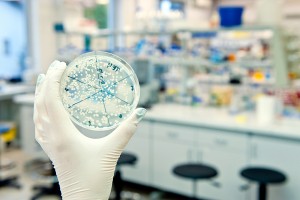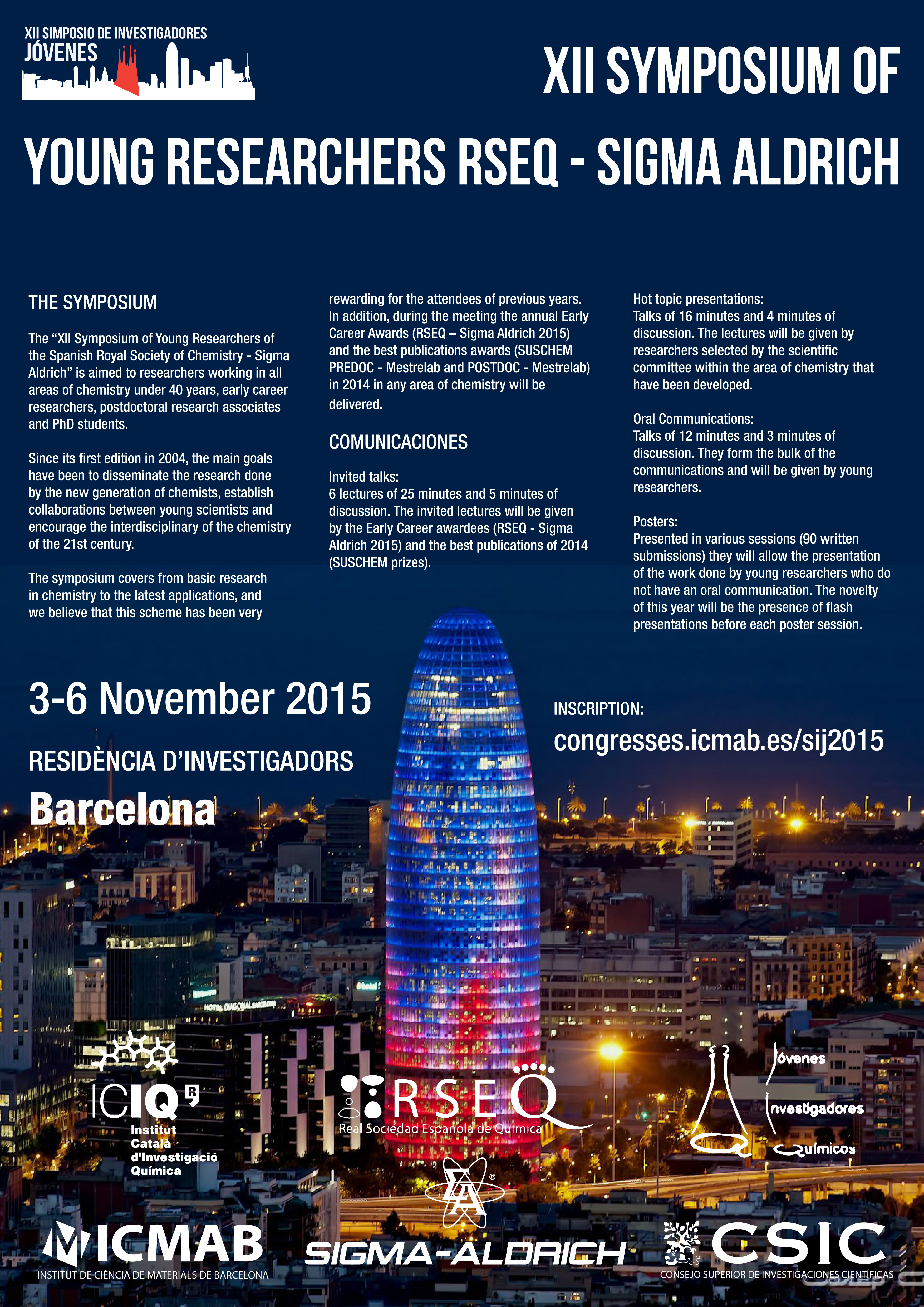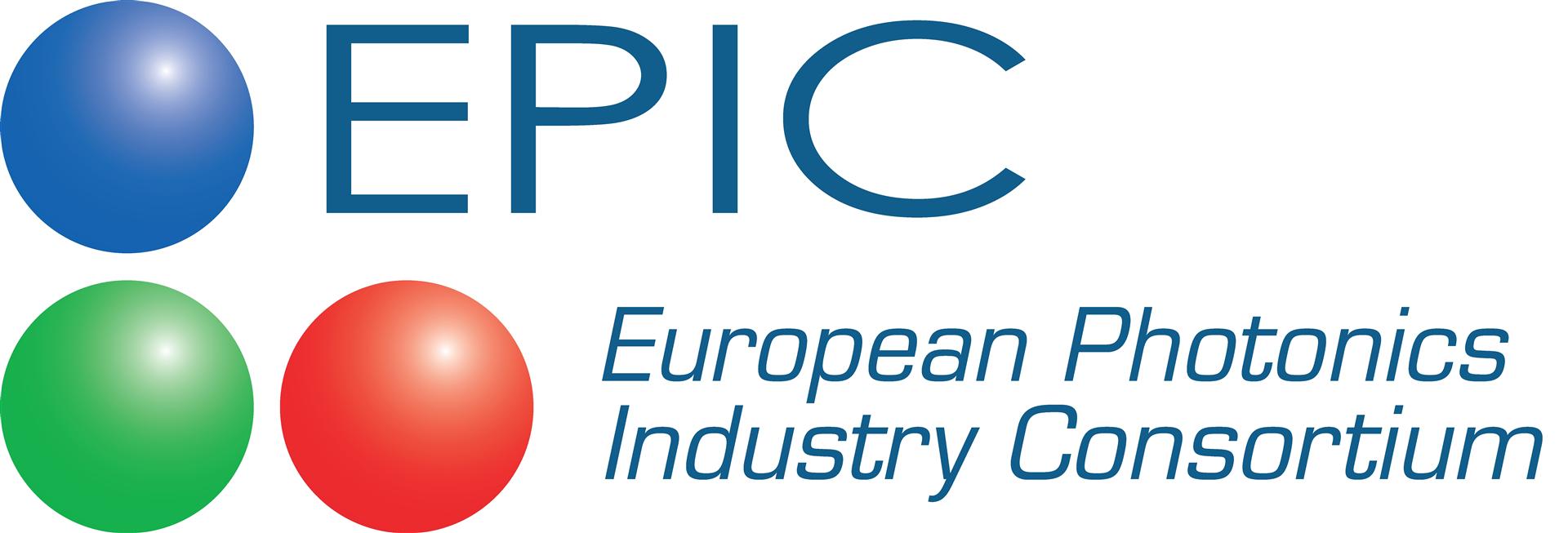How to submit your essay
To be considered for the lectureship candidates must send to the Editorial Office:
• A copy of your CV
• A list of published papers
• An original essay of no more than 1000 words highlighting how advances in analytical science underpin developments in this year’s theme.
Submission Deadline: 1 September 2015
Submit your application for the Analyst Emerging Investigator Lectureship
The Science
Analytical science is central to tackling the global challenges which face society and the Analyst Emerging Investigator Lectureship has been developed to showcase the essential contribution of the analytical sciences in overcoming these challenges. Developments in areas such as climate change, energy, food, water and health are crucial for societies around the world to thrive. The science underpinning these advances cannot be achieved without the pioneering research being carried out by analytical scientists worldwide.

© Shutterstock
The Lectureship
The Analyst Emerging Investigator Lectureship will be a platform for an early career analytical scientist to raise the profile of the analytical sciences to the wider scientific community and general public. The recipient will receive up to £2000 contribution towards travel and accommodation costs to attend and present a lecture based on their research at a leading international meeting to be decided by the Chair of the Analyst Editorial Board. The recipients essay will also be published as a Perspective article in the journal.
The Essay
To be considered for the Analyst Emerging Investigator Lectureship, candidates must submit an original essay of no more than 1000 words which calls attention to the significant and wide-reaching impact on scientific and societal issues related to this year’s theme in the analytical sciences.
The theme for the first lectureship is health. This broad topic will be open to all disciplines from across the analytical sciences and in line with the wider aims of the lectureship highlight how advances in analytical science underpin developments in issues of global concern. Essays must effectively and concisely convey the importance of analytical science in health related research, for example new innovations in optical sensors, imaging agents, microfluidic technologies, diagnostic tools, bioimaging techniques, affinity agents, body fluid, tissue and cell based assays and disease monitoring and management systems to name just a few. The emphasis of the essay will need to be on the importance of analytical science in relation to advances in any health related subject.

© Shutterstock
Particulars and selection criteria
• To be eligible for the lectureship candidates must be at an early stage of their independent career. Typically this will be within 10 years of completing their PhD, but appropriate consideration will be given to those who have taken a career break or followed a different study path.
• The essay must be no more than 1000 words and succinctly express the importance of the fundamental developments in analytical science which relate to this year’s theme. The aim of the lectureship is to raise the profile and wider awareness of the analytical sciences, candidates should keep this in mind when writing their essay.
• The essays will be judged by the Analyst Editorial Board and the recipient will be selected based on the originality and quality of their essay. The recipients essay will be published as a Perspective article in Analyst; as such the work should not look out of place in the journal. Please see the website for more details on the usual scope and standards of Analyst as well as further details of the Editorial Board who will be selecting the lectureship winner www.rsc.org/analyst.














 Scientists in the US have designed
Scientists in the US have designed 




